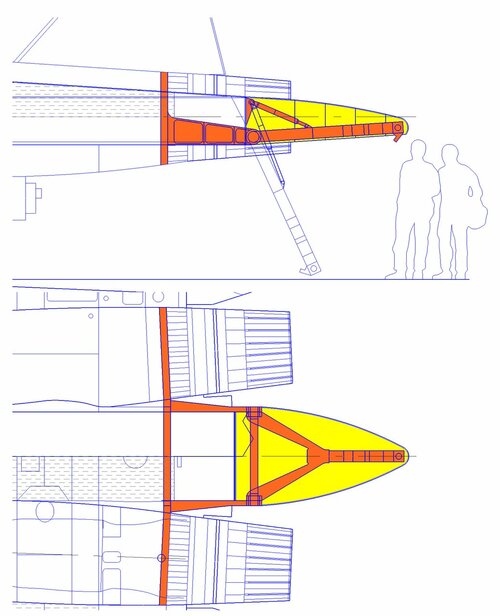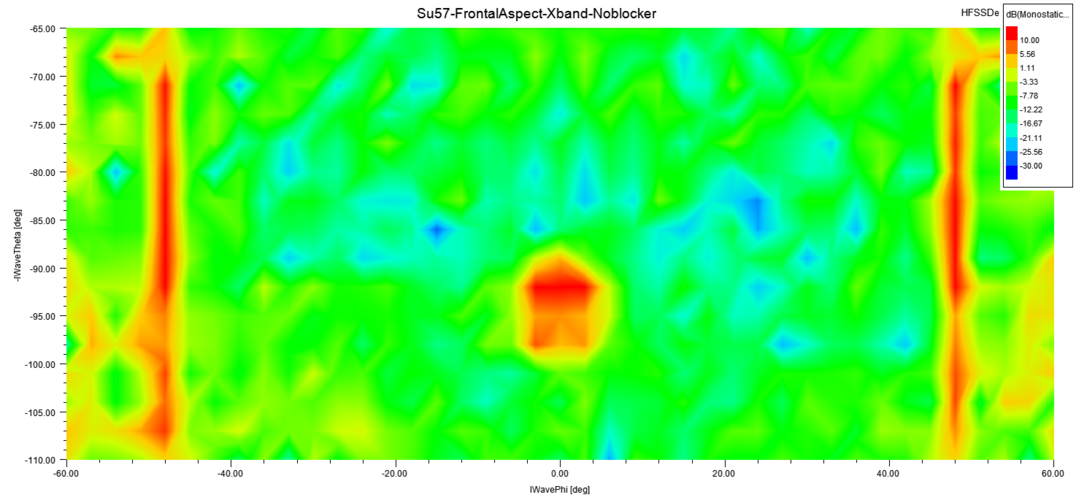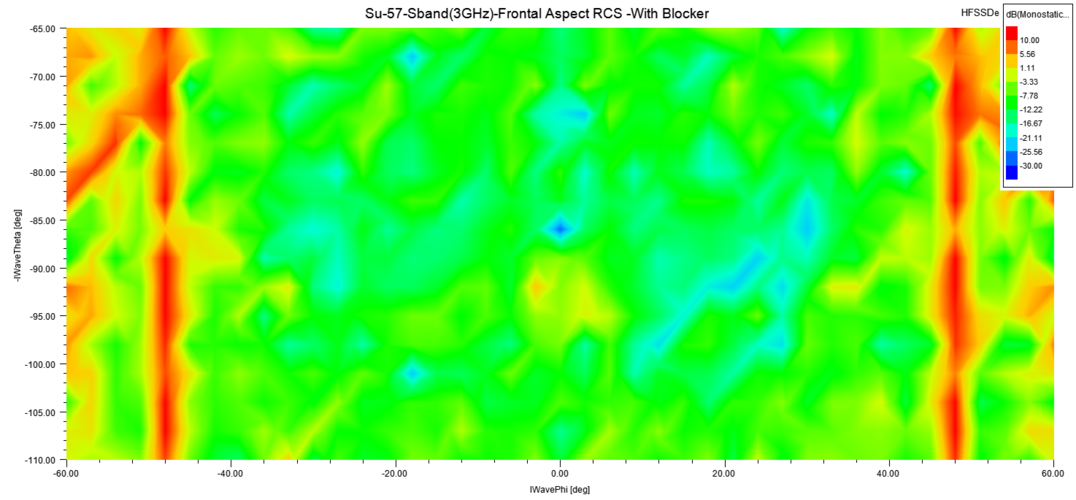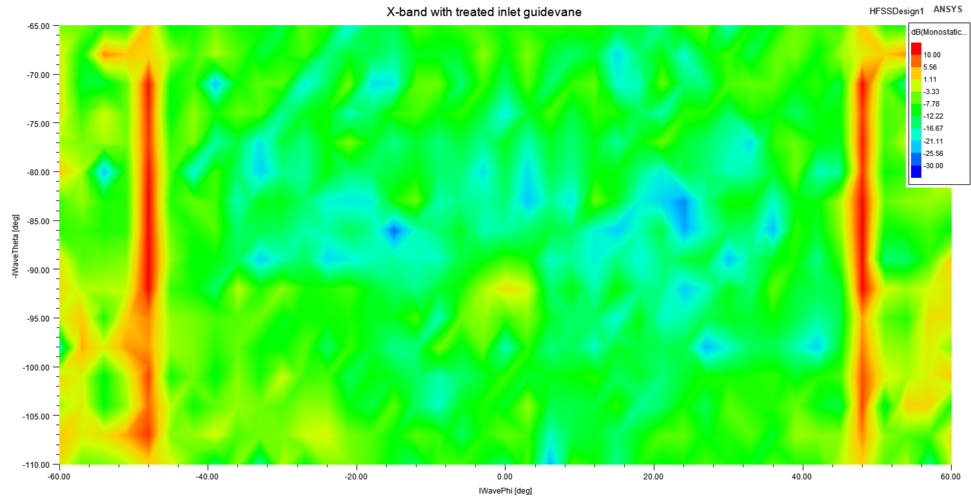Looks like our member Paralay's statement that Su-57 will get flat nozzles in the future (it was in the LTS checkmate thread, page 36) seems to have gotten validated by this media report from TASS (quoting major general Vladimir Popov)
The flat nozzle technology is a breakthrough in modern aircraft-building, Major-General Vladimir Popov noted

tass.com
Few points to ponder
1) Just wondering if Su-57 will sport a f-22 style 2-D paddle nozzle (since that would incur weight and maintenance complexity)
2) Was wondering if Sukhoi/NPO Saturn are exploring possibility of fluidic vectoring flat nozzles instead of the 2-D paddle style
a) Since in an interview with the Sukhoi R&D chief (sometime back), he mentioned that they were researching 'gas dynamic control schemes' (that was of course the English translation of the Russian article). I am guessing the phrase 'gas dynamic scheme' means fluidic vectoring, but I could be wrong
b) NPO Saturn have anyway stated they are researching 3 stream ADVENT engines (presumably for future iterations of Su-57), so
was wondering if the 3rd stream can be also leveraged for fluidic control.
Of course - I am not aware how effective fluidic controls are at high altitude (20,000+ metres) regime of the Su-57. Maybe some of the aerospace engineers on this forum can answer this?











